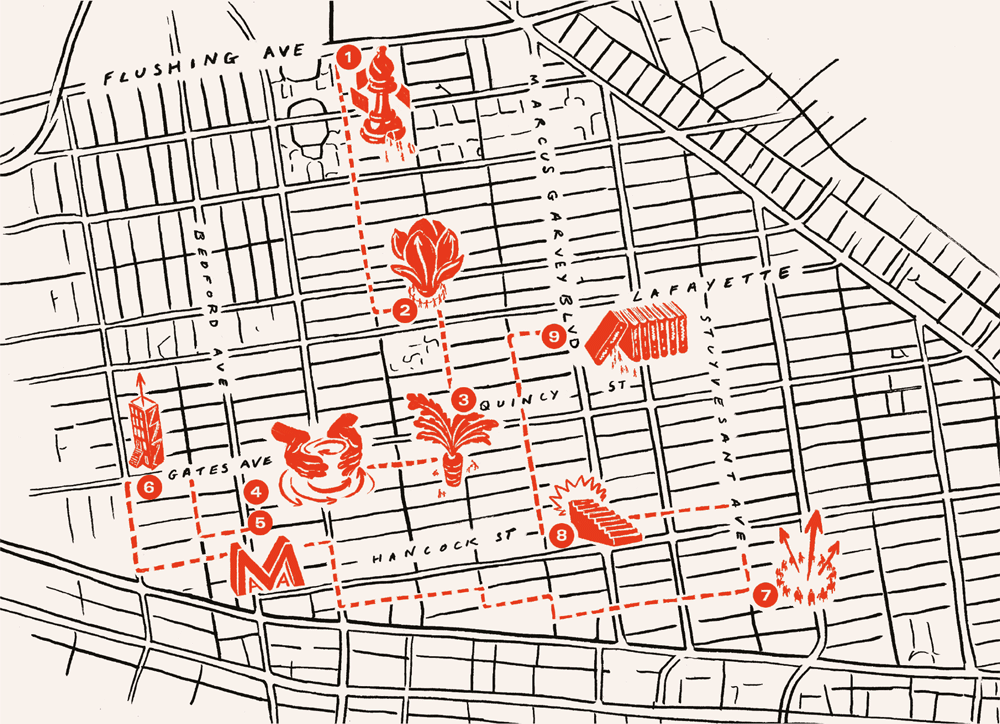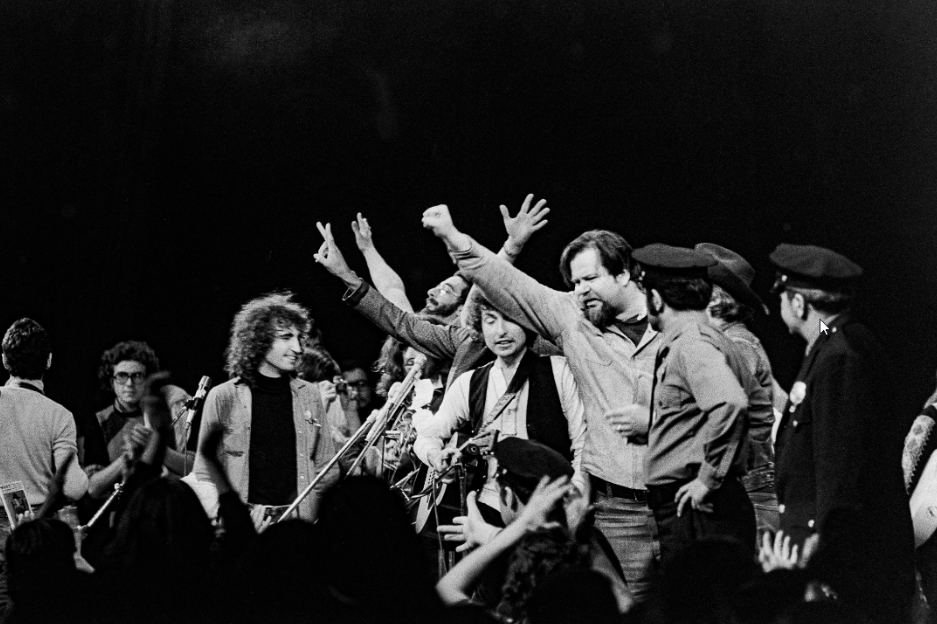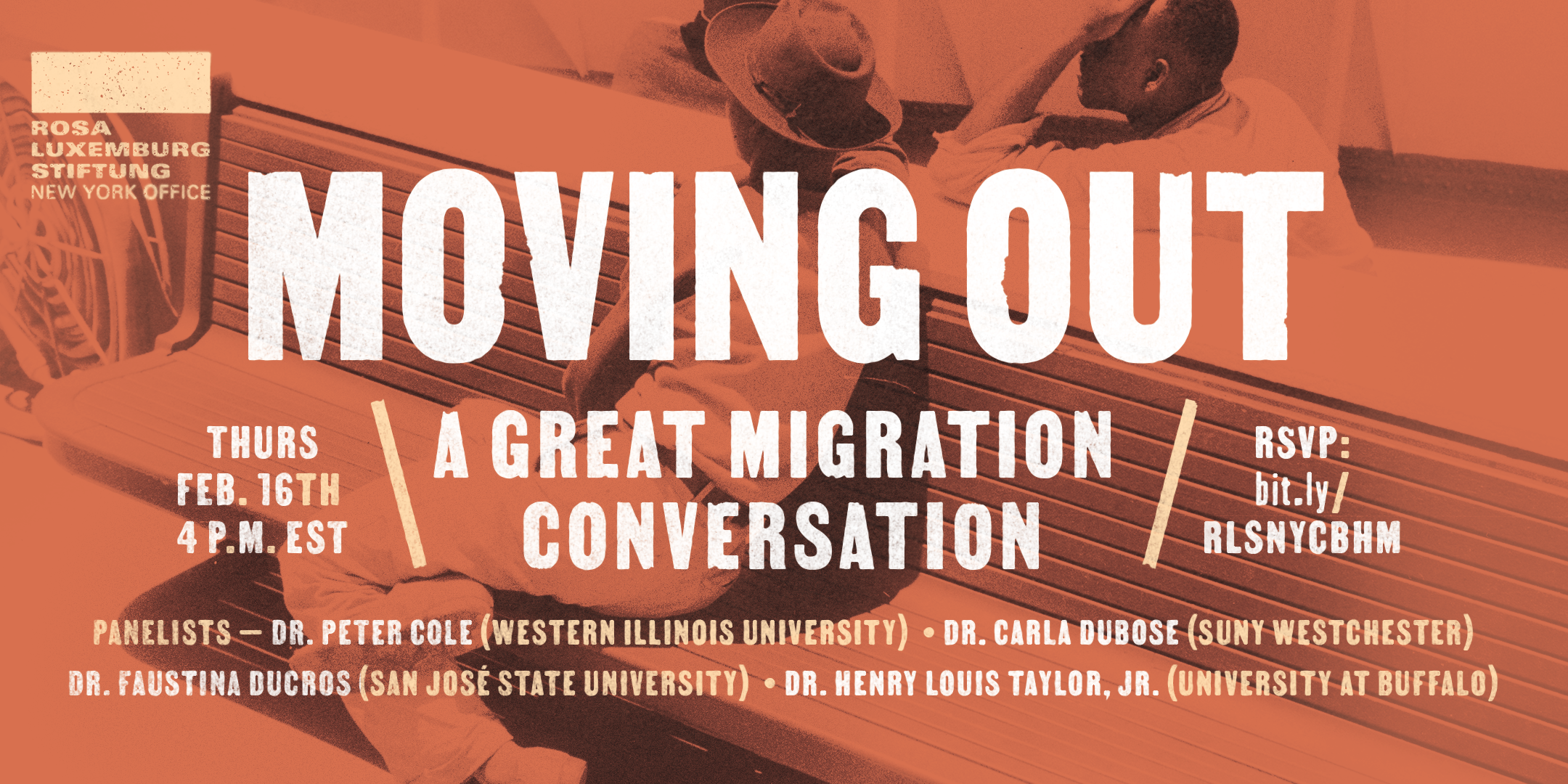It is difficult in retrospect to convey the full significance of the Bolshevik Revolution. It marked an enormous expansion of possibilities, welcomed not only by revolutionaries in the US and around the world but also by millions of common people who saw it as a chance to create a better world. Given what happened in the years since the Revolution, however, and particularly the effects of Soviet influence on the prospects for US radicalism, it is vital to consider what went wrong in this relationship.
The CPUSA had considerable potential at various points in its history. Its failure was not inevitable, and it is important for both scholarly and political reasons to understand its fate.
There are many dimensions to the explanation. Government and employer repression was enormous in the Red Scares following both World War I and World War II. By the end of the 1920s, for example, 38,000 immigrants, many of them radicals, had been deported. The significance of this loss was vital in a movement populated largely by immigrants. Offices were raided, newspapers seized, activists imprisoned and thousands of union members expelled.
However, I’ll concentrate on one period, the mid-1920s, in order to control for the impact of Stalinism and to test the idea that it was Soviet influence more generally that hobbled the party and limited its growth—before Stalin’s consolidation of power and the emergence of a Left Opposition.
The central problem in communist history—the implications of Stalinism—is related to a deeper reality: Many of the disastrous decisions and policies that led to repeated failures pre-dated Stalin’s rise to power and cannot be explained by one man’s influence.[1] They lay in the particular Leninist model as it was implemented in the Soviet Union and especially in the subservience of the US party (and, in fact, all communist parties) to the Soviets. The history of the American party cannot be explained entirely by Comintern actions, as some anti-communist interpreters claim, but it is certainly the case that these interventions repeatedly undercut the efforts of American communists.
Jacob Zumoff has argued that Comintern intervention in the 1920s often saved the American party from itself and was a constructive influence.[2] Sometimes this was true, as in the Comintern’s efforts to “Americanize” a party based almost entirely on foreign language groups; its 1921 demand that the dueling American parties merge and operate above ground; and its special emphasis on the oppression of African American workers (though the Comintern’s particular direction, the so-called Black Belt thesis, failed to fit the reality of most black workers). But Zumoff dutifully documents several instances where Comintern interventions were disastrous. I will deal with only a couple of these.
The Turning Point in 1923
A major turning point came in 1923. For the previous two years, communist militants in several major centers had been increasingly successful in both the industrial and political spheres through the Trade Union Educational League (TUEL) and the emerging Labor Party movement. This was especially true in Chicago where John Fitzpatrick and the Chicago Federation of Labor (CFL) represented a genuine and promising path to a mass movement that might have transformed the American Federation of Labor (AFL) at a critical moment in its history and laid the basis for independent labor politics. The Chicago movement was part of a broader tendency represented by the more militant city federations—Seattle, Minneapolis-St. Paul and Detroit—and by militant rank and file movements in cities and industrial towns throughout the United States. This was demonstrated by the early success of the Trade Union Educational League, especially its amalgamation initiative designed to move the old craft unions toward militant industrial unionism.
John Fitzpatrick supported all the important organizing of the World War I years, aided the organization of Black and women workers and was at the center of the labor party movement. He confronted Samuel Gompers’ conservatism, jeopardizing his own and occasionally his federation’s welfare, and he worked with a diverse collection of radicals, including William Z. Foster, Earl Browder and other early communists. The prospects for radical unionism and for any communist influence in such a movement lay through people like Fitzpatrick.
Into this promising situation stepped the Comintern in the person of Joseph/John Pogany/Pepper, a Hungarian sophisticate of questionable political background who was remarkably ill-informed regarding the realities of American politics but who nevertheless presumed to dictate the party’s policies. Pepper publicized Foster’s membership in the party, embarrassing Fitzpatrick and making it more difficult for Foster to work with non-communist labor progressives. Along with Foster and other experienced labor organizers in the communist leadership, Fitzpatrick urged caution in the summer of 1923 because there was clearly insufficient union support for a move at this delicate moment in the evolution of the labor party.
But Pepper demanded that the party’s militants denounce Fitzpatrick and call for the immediate formation of a national farmer-labor party which he predicted, preposterously, would be the beginning of an American revolution. Foster, and virtually everyone else with union experience, opposed Pepper; indeed, this became one basis for the damaging factionalism of the 1920s. But with the help of the party’s more cerebral wing (a group with precious little experience or contact with the labor movement), Pepper carried the day, largely on the strength of his claim to represent the Comintern. The Comintern backed Pepper and the moves against Fitzpatrick, believing—without any evidence—that a functional farmer-labor party was imminent.
The resulting convention was a debacle. Fitzpatrick walked out, denouncing the communist manipulation of this new Federated Farmer-Labor Party, which went exactly nowhere. The Communists’ promising union base was lost.[3]
Over the next two years, union bureaucrats took the opportunity of the communists’ break with the labor progressives to cleanse their unions of radicals, expelling thousands of their members and sometimes entire locals. The rank and file movements that hundreds of TUEL organizers had built over the previous three years were largely wiped out in the course of the mid-1920s.
Another breach with progressives opened during the mid-twenties in the United Mine Workers of America (UMW) where communist involvement in a broad-based Save the Union Movement was hobbled by demands for open communist agitation and eventually a separate communist miners’ union. John L. Lewis viciously attacked the opposition whether they were communists or not, but the party’s sectarian approach, backed and in some cases demanded by the Comintern, ended the chance for an effective rank and file miners’ movement.[4]
Factional Fights and the Role of Comintern
An outrageous case of Soviet interference occurred in 1925 when Comintern representative and early Stalin supporter Sergei Gusev arbitrarily stripped leadership from Foster’s faction, which represented a large majority of party membership, including most of its union elements, and handed control over to Jay Lovestone’s ultra-sectarian faction. “Those who refuse to submit,” the Comintern cable concluded, “will be expelled.”[5] (Once Lovestone was expelled in yet another Comintern reorganization in 1929, he went on to counsel the conservative AFL leadership and eventually the CIA on opposition to labor radicals at home and abroad.[6])
This forced reorganization of the leadership greatly increased factionalism and also set the stage for the purge of James Cannon and the Left Opposition, which included some of the party’s most talented organizers. In the meantime, however, Cannon accepted the Comintern’s formulation and supported Lovestone; Foster continued to oppose it. (Foster’s later Stalinism is often read back onto this early history; in fact, in this early stage he and some in his faction were suspected of sympathizing with Trotsky.[7]) Steeped in the realities of union organizing and culture, Foster initially rejected Comintern directives that threatened the party’s industrial work, though he developed a strong penchant for falling in line from the late twenties on. As a result of his opposition to this and later Comintern dictates, Foster’s loyalty remained suspect in Moscow.[8] First Cannon, then Foster and other leaders caved in over time, and the party relied even more than ever on Comintern direction.
Of this debacle, Zumoff concludes, “The factionalism that wracked the party cannot be blamed on the Comintern,” but he concedes that “the Comintern encouraged factional power and not political program to be at the center of the dispute, made factional power dependent on Comintern support, and doled out support on the basis of Moscow realpolitik, not Communist program.”[9]
Although he vigorously opposed Pepper’s influence and deeply suspected Lovestone, Cannon, a brilliant organizer and strategist who knew better, tended to support Comintern decisions. He was, in his own words, “a convinced ‘Cominternist.’ I had faith in the wisdom and also in the fairness of the Russian leaders…”[10] Throughout the early 1920s, Cannon had supported Foster and other “industrial communists” in much of the damaging factionalism, but once the American Commission, or some new Comintern spokesman pronounced judgment, Cannon fell into line. As late as 1928, the year of his expulsion, he supported the move for separate communist unions, a move opposed by Foster and other union veterans. This strategy further undermined communist influence and exposed their union activists to retribution for the cardinal sin of dual unionism. Faced with expulsion, Foster finally capitulated.
The Comintern Calls the Shots
The 1923 and 1925 disasters were only two of several where Comintern intervention sent the American party off the tracks. Others included the decision to back the 1924 LaFollette movement (another American revolution according to Pepper) and the 1928 expulsion of Cannon and hundreds of other militants in order to consolidate Stalin’s hold on the Soviet party and by extension on the Comintern, which continued to call the shots, now increasingly under Stalin’s direction. The Comintern did not create Stalin; his rise was a complex, sordid process. But the Comintern’s structure and function, along with political murders, facilitated his rise and the criminal character of his regime.
Before Stalin’s rise to power, then, an enormous amount of American communists’ energy was invested in following the Comintern’s own internal politics and courting the organization’s support for one faction or another; in trying to decipher its instructions and make some sense of them in the US context; and in trying to repair the damage so often caused by these instructions. Throughout the 1920s, the Comintern supported Lovestone and some of the worst influences in the US party.[11]
Comintern intervention could be positive. The CPUSA had its greatest success in the Popular Front when Soviet influence was reduced and when the party opened its doors to the broadest spectrum of workers. Its policies might be denounced as opportunist, but compared to the epic disasters in the 1920s, they appear highly successful, though support for the Hitler-Stalin Pact jeopardized these successes.
This period of growing membership ended with a reassertion of Soviet influence and orthodox Stalinism in the late 1940s and early 1950s, in the midst of the Cold War and McCarthyism. This line facilitated the government repression that all but killed the organization off by the late fifties. The expansion and transformation of the membership during the Popular Front and war years meant that it sailed into the extreme sectarianism of the postwar years with a sizeable group of “reformers.” With the Khruschev revelations and the invasion of Hungary in 1956, this group criticized not only Stalinism but also aspects of Leninism. Their understanding of the party had been transformed in the direction of democratic socialism as a result of their experiences in unions and other social movements and in military service in Spain and during the war years. They were bitterly opposed and eventually defeated by orthodox Marxist-Leninists who enjoyed Soviet support. This was the last opportunity to salvage the party and transform it into a mass socialist party. The decimation of the party during the fifties was a product of political repression but also of these ideological conflicts.[12]
The international movement need not have followed the Comintern model. Allowing each national party to find its own way without the sword of discipline hanging over its head might not have created worldwide revolution, but it would have avoided several of the catastrophic mistakes made by the party in its early history. Wrapped in the tragedy of the Russian Revolution itself, therefore, is a tragedy of American radicalism shaped by an international organization designed to export the Russian achievement to societies around the world.
[1] Bryan D. Palmer, “Rethinking the Historiography of United States Communist History,” American Communist History, 2:2 (2003), pp. 139-173; John McIlroy, “Rethinking the Historiography of United States Communism: A Comment,” American Communist History, 2:2 (2003), pp. 195-202.
[2] Jacob Zumoff, The Communist International and U.S. Communism (London: Verso, 2015).
[3] Bryan Palmer sees Pepper as a kind of proto-Stalinist (though the spring of 1923 seems early for that) and in that way can avoid any criticism of a vanguard model that made room for a creature like Pepper. He also notes, quite rightly, that Cannon hated Pepper, but, in fact, he fell in line behind Pepper and Lovestone not once but several times, clearly out of discipline to the Comintern and deference to the Russians. See Bryan D. Palmer, “Communist History: Seeing It Whole, A Response to Critics,” American Communist History, 2:2 (2003), pp. 210-211.
[4] James R. Barrett, William Z. Foster and the Tragedy of American Radicalism (Urbana, IL: University of Illinois Press, 1999); Theodore Draper, American Communism and Soviet Russia, 2nd ed. (New York: Vintage Books, 1986 [1960]), pp. 284-299.
[5] Draper, American Communism and Soviet Russia, pp. 242-252, quote: p. 144.
[6] Ronald Radosh, American Labor and United States Foreign Policy (New York; Random House, 1969); Ted Morgan, A Covert Life: Jay Lovestone: Communist, Anti-Communist, and Spymaster (New York: Random House, 1999).
[7] Zumoff, Communist International and U.S. Communism, pp. 161-171; Bryan D. Palmer, James P. Cannon and the Origins of the American Revolutionary Left (Urbana, IL: University of Illinois Press, 2007), Cannon quote: p. 247.
[8] Draper, American Communism and Soviet Russia, p. 150.
[9] Zumoff, Communist International and U.S. Communism, quote: p. 167.
[10] Cannon, quoted in Palmer, James P. Cannon, p. 247.
[11] Bryan Palmer and I have engaged over these issues. See Bryan Palmer, “Rethinking the historiography of United States communism,” American Communist History, 2:2 (2003), pp. 139-173; James R. Barrett, “The History of American Communism and Our Understanding of Stalinism,” American Communist History, 2:2 (2003), pp. 175-182; Bryan D. Palmer, “Communist History: Seeing It Whole, A Response to Critics,” American Communist History, 2:2 (2003), pp. 203-214.
[12] James R. Barrett, “Rethinking the Popular Front”, Rethinking Marxism, Vol. 21 (October 2009), pp. 531-550; Maurice Isserman, If I Had a Hammer: The Death of the Old Left and the Birth of the New Left (New York: Basic Books, 1987), pp. 1-34; Maurice Isserman, “The 1956 Generation: An Alternative Approach to the History of American Communism,” Radical America, 14 (1980), pp. 43-51; Joseph Starobin, American Communism in Crisis, 1943-1957 (Cambridge, MA: Harvard University Press, 1972), pp. 224-237.



